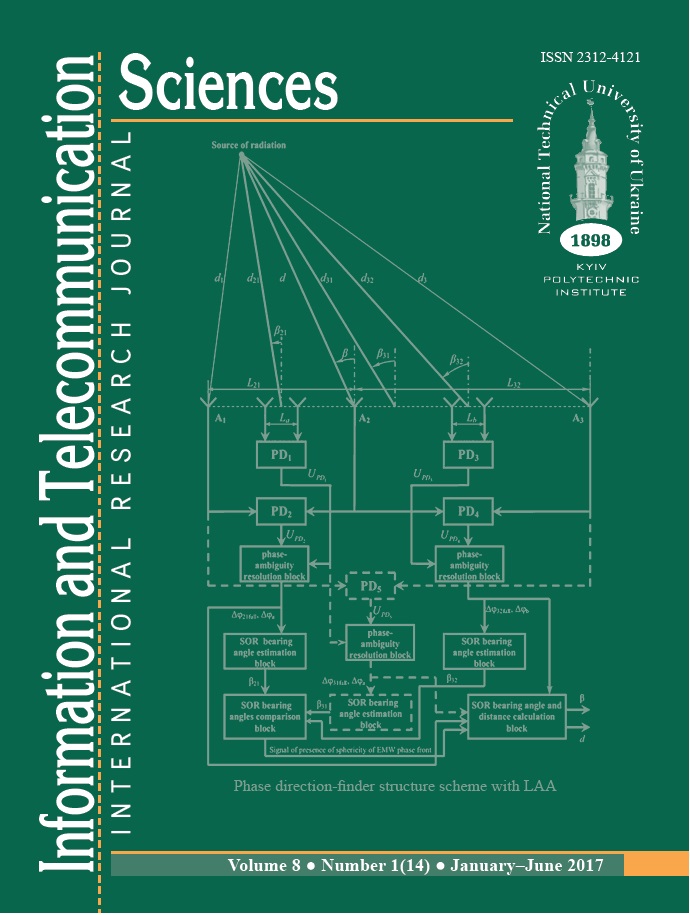NEW GENERATION NETWORKS STRUCTURAL SYNTHESIS WITH APPLICATION OF MODIFIED GENETIC ALGORITHM
DOI:
https://doi.org/10.20535/2411-2976.12017.5-10Keywords:
New generation networks, Quality of Service, structure synthesis, adaptive genetic algorithmAbstract
Background. The problem of new generation computer network structural synthesis is considered under constraints on Quality of Service (QoS) – average packets transfer delay (PTD) and packets loss ratio (PLR). Besides network structure it is necessary to determine simultaneously channels capacities and find flow distribution for all classes of service (customers). This problem refers to so-called NP-difficult combinatorial optimization problems for which there are no exact algorithms of polynomial computational complexity. Therefore in the paper modified genetic algorithm (GA) is suggested for its solution.
Objective. The aim of the paper is to investigate different modifications (variants) of genetic algorithms: deterministic, adaptive and self-adjusted and estimate their efficiency for the solution of the considered problem.
Methods. Based on analysis of literature on GA classes of algorithms were detected differed by variants of strategic parameters adaptation - probabilities of crossover and mutations. Different combinations of adaptation methods were
implemented and analyzed – deterministic, adaptive and self- adjusting.
Results. The following variants of GA were investigated in the research:
• the combination of unconditional crossover and dynamic deterministic mutation;
• the combination of unconditional crossover and dynamic adaptive mutation;
• the combination of unconditional crossover and dynamic self-adjusting mutation;
• the combination dynamic deterministic crossover and dynamic mutation;
• the combination dynamic adaptive crossover an unconditional mutation.
Conclusions. In result of investigations it was established that the most efficient for the computer networks structural synthesis is the genetic algorithm with combination of dynamic adaptive crossover an unconditional mutation.
This algorithm was implemented in software kit and applied for real problem of NG network structural design and its efficiency was estimated.
References
Helen Zaychenko, Yu. Zaychenko. MPLS Networks: Modeling, analysis and Optimization. NTUU “KPI”, 2008.-240 p. ( In Russian)
Zaychenko Yuriy, Gasanov Aydin,Hamidov Galib. New Generation Networks performance analysis and Optimization. Proceedings of 10-th
International conference “Application of Information and Communication
Technologies- AICT 2016. 12-14 october, Baku, Azerbaijan.- pp. 206-209.
Mikhail Z. Zgurovsky, Yuriy P. Zaychenko. Fundamentals of Computational Intelligence: System Approach. Studies in omputational Intelligence,. Vol. 652.-2016.- Springer AG. Switzerland- 375 p.
Helen Zaichenko, Yuriy Zaychenko.Algorithmic and Software Tools for
Optimal Design of New Generation Computer.Lecture Notes in Communications and Computer Networks.-Springer Verlag, Switzerland.-

